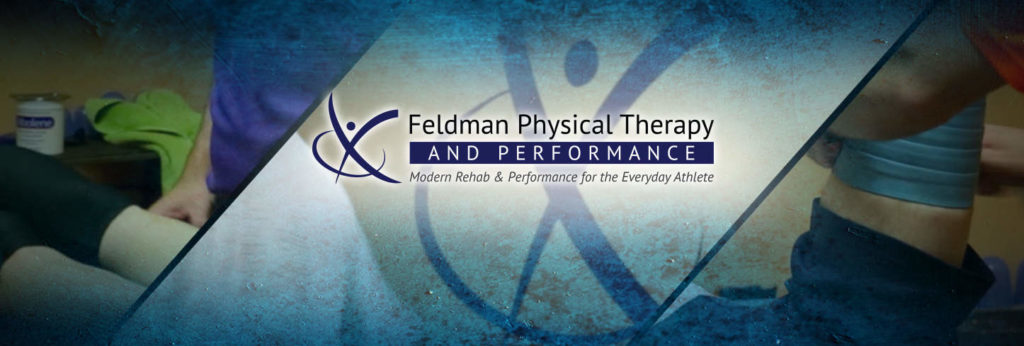Justin Feldman Interviewed by Club Solutions Magazine
Offering In-House Physical Therapy
Instead of referring them to an outside physical therapy practice, imagine if you could offer them those services within your facility. Justin Feldman, the owner of Feldman Physical Therapy, which has locations in two different Gold’s Gym Dutchess County clubs, discussed the benefit of operating a physical therapy practice in a gym.
CS: What made you want to start your own physical therapy practice?
JF: When I got out of school I started working in a couple of different outpatient orthopedic practices. As time went on I began to realize that it was getting very hard for me to provide the standard of care to my patients that I felt they deserved and that I really wanted to provide for them. I was being forced to see far too many people at a time and not being able to spend enough time with each person, so I would leave that practice and go somewhere else. Eventually my wife said, “If you are going everywhere trying to look for something specific and you can’t find it, then it means you have to go and create it.”
CS: Why did you decided to launch your practice in a health club?
JF: I thought that being within a larger fitness center would be a really good fit because I am only seeing my patients once a week; in the meantime if I could get them to work with one of the personal trainers on the other days, that would ensure they are doing their exercises correctly and doing everything they need to for success. Plus, if something isn’t going right, the trainer can quickly come see me and ask if there is something we can change or something different we could do. I figured that would be a better model for the client and it would also be a better utilization of their time and resources.
CS: Who is your main clientele?
JF: I work with patients in a couple of different ways. I work with patients who are injured or who just had surgery. Also, I do a lot of return to sport work. For example, if you tear your ACL, sometimes after completing physical therapy somewhere else, patients will come to me because they still might not have full range of motion and want to get back to playing their sport. They will come to me and I will work them slowly back into playing. Then, I also do preventative work. I recommend that all my clients — once they are pain free and discharged — come back and see me once a year with the idea that I can do a movement screening to look at how they move and how they use their body. While their shoulder might not hurt, they might not have nearly as much range of motion as they did the year before and that could mean that they are heading down the road to having a problem in the future. I want to prevent patients from coming back with another injury.
CS: How can a gym benefit from having a physical therapy practice in their facility?
JF: I think the first thing is just as a resource. Prospective members come in looking to join the gym and the idea they can walk in and talk to a physical therapist can have a huge impact on their decision where to join. Members like the idea that if they ever have a question, they can just pop right in and see me. Another way a gym can benefit is that about 50 to 60 percent of my clients are non-members, so I am bringing people into the gym that would otherwise probably not come in. Once I am done seeing them, I encourage them to continue living a healthy lifestyle, and coming to the gymis already in their routine. It is a beneficial next step for them to then join the gym. I have a lot of patients who might come and see me from fairly far away. There are other gyms closer to their house, but because I have helped them and they know that I can answer their questions, it is worth driving a little farther just because they know the resource is there.
By Emily Harbourne
